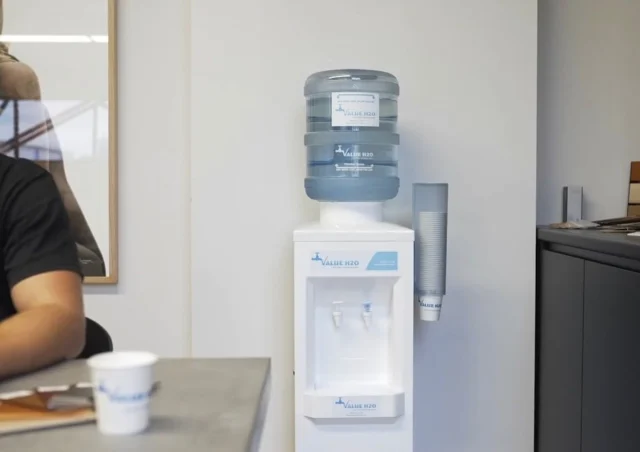From collection, to treatment, to supply to your house or business, water can be exposed to contaminants.
‘Surface water’ – that which is collected from rivers and lakes – is potentially exposed to acid rain, industrial chemicals, agricultural chemicals, and stormwater runoff. Groundwater – from wells or public supply – can be exposed to leaking septic takes or underground chemical storage, or carelessly disposed hazardous chemicals.
This water is treated in a treatment plant before being supplied to the population, but the process is not foolproof. As well as not eliminating all impurities, the levels of chlorine remaining in the water after treatment can be alarming. The chemicals used to treat the water may not be harmful themselves, but they can interact with other substances present in the water and create harmful by-products. The combination of these chemical impurities can lead to all manner of conditions, from itching skin or eyes, to neurological symptoms, and in cases of prolonged exposure can even cause cancer.
Pipes and plumbing systems that deliver the treated water to your home or workplace can be rampant breeding grounds for bacteria such as giardia lamblia and cryptosporidium. These nasty microorganisms can cause severe gastrointestinal distress.
Depending on where you live and work, the water coming from the tap is potentially harbouring many harmful chemicals and microorganisms. Almost all of these can simply be removed with a water filter, making the water safe and healthy to drink.









